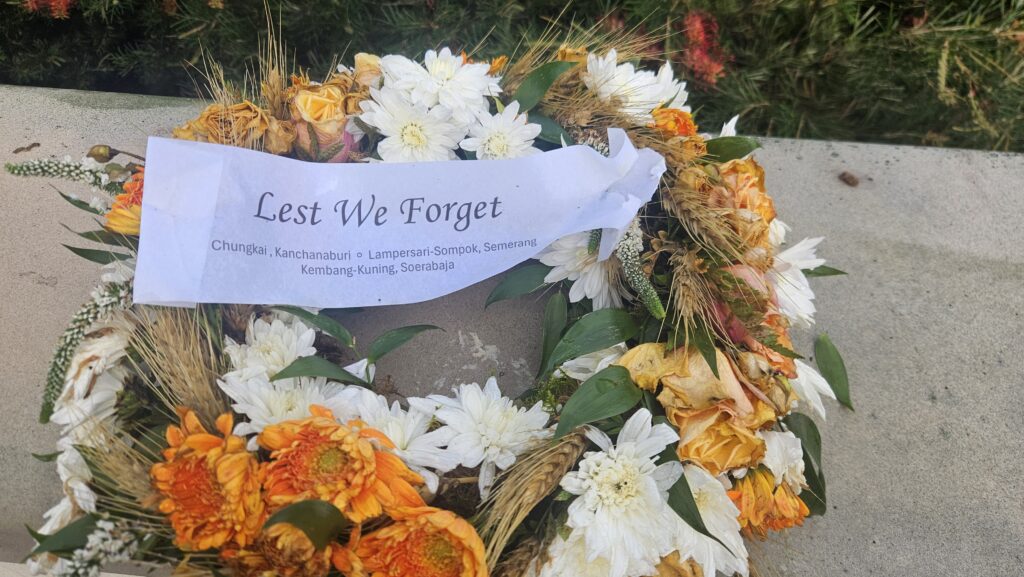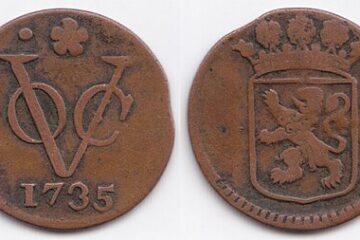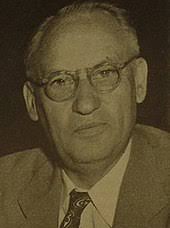While walking through Roma Street Parkland, just next to where we live in Brisbane, I stopped once again at the Netherlands – Netherlands East Indies Memorial. It’s a peaceful and thoughtfully designed place, set amidst the gardens, and a rare public tribute to the wartime connection between the Netherlands, the former Netherlands East Indies (NEI), and Australia.
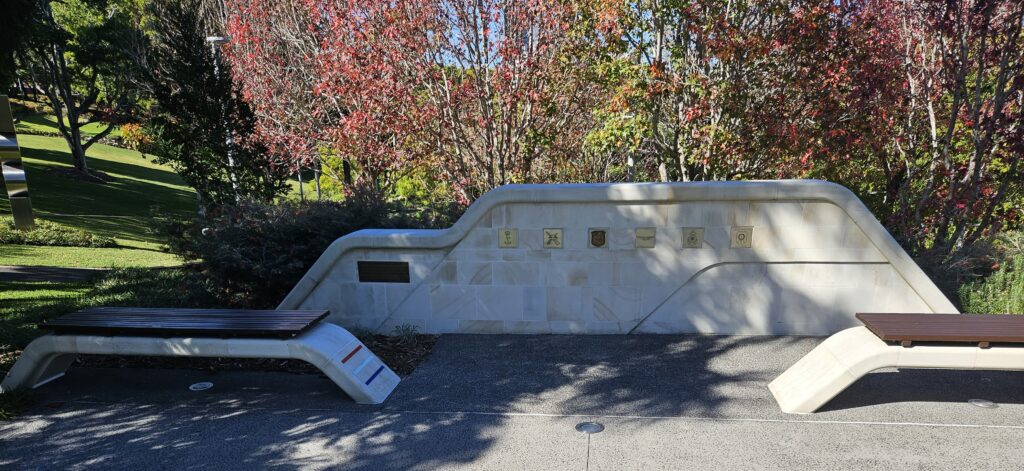
This time, however, something unexpected caught my attention: a wreath placed quietly at the base of the memorial. It bore the inscription:
“Chungkai, Kanchanaburi. Lampersari-Sompok, Semarang. Kembang-Kuning, Soerabaja.”
I didn’t know those names and they may not be familiar to most, so I looked it up. They are deeply significant for those who know the civilian experience of World War II in Southeast Asia.
- Chungkai, Kanchanaburi (Thailand) was one of the most notorious prisoner-of-war camps along the Thai-Burma Railway. While largely associated with military POWs, Dutch and NEI were also among the victims of forced labour and deprivation.
- Lampersari-Sompok, in Semarang on the island of Java, was a civilian internment complex where Dutch and Indo-European women and children were held under dire conditions following the Japanese invasion in 1942.
- Kembang-Kuning, a cemetery in Surabaya (then Soerabaja), is where many civilians who died in the camps—or in the violent aftermath of the war during the Bersiap period—were laid to rest.
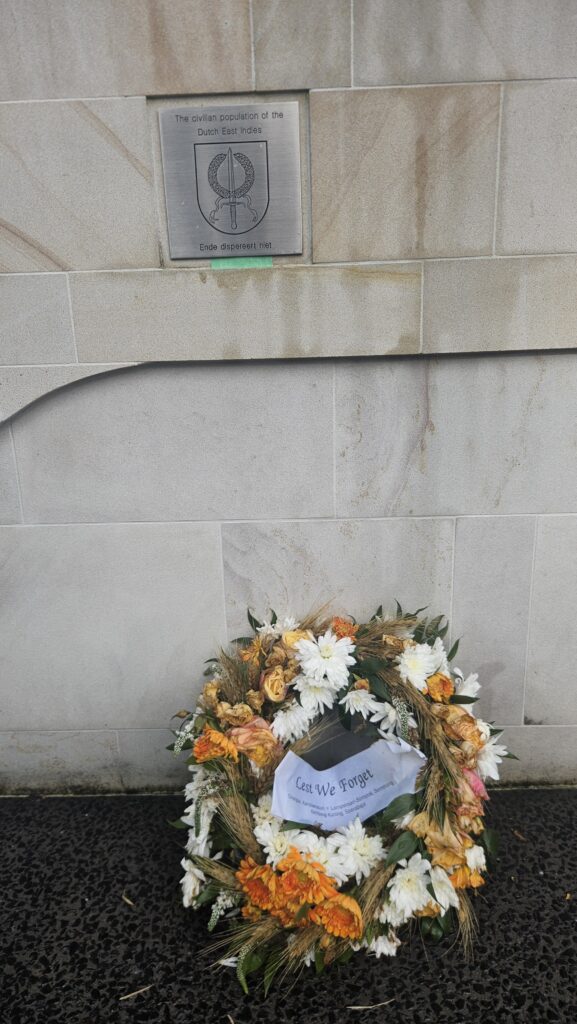
At the memorial in Roma Street Parkland, one of the plaques specifically honours Dutch and Indo-European civilians who were interned or killed during the occupation. It is rare to see this group acknowledged so visibly. The wreath, placed without ceremony, adds a powerful human element to the official markers. It silently remembers those who were caught in a war they did not start, who endured separation, starvation, illness, and violence—often far from their homeland and with little recognition.
This quiet act of remembrance underscores the importance of this memorial. Opened in 2004 and placed at Roma Street Parkland in 2017 it stands not just as a tribute to military cooperation between the Netherlands and Australia, but also as a space to reflect on the shared civilian suffering that binds their histories.
The wreath spoke volumes. It was a gentle, poignant reminder that beyond the grand strategies and battles of World War II, there were everyday people—parents, children, the elderly—whose lives were forever changed. In seeing it, I was reminded how memory persists not just in textbooks or speeches, but in moments like these, left behind in silence for others to find.
Paul Budde
